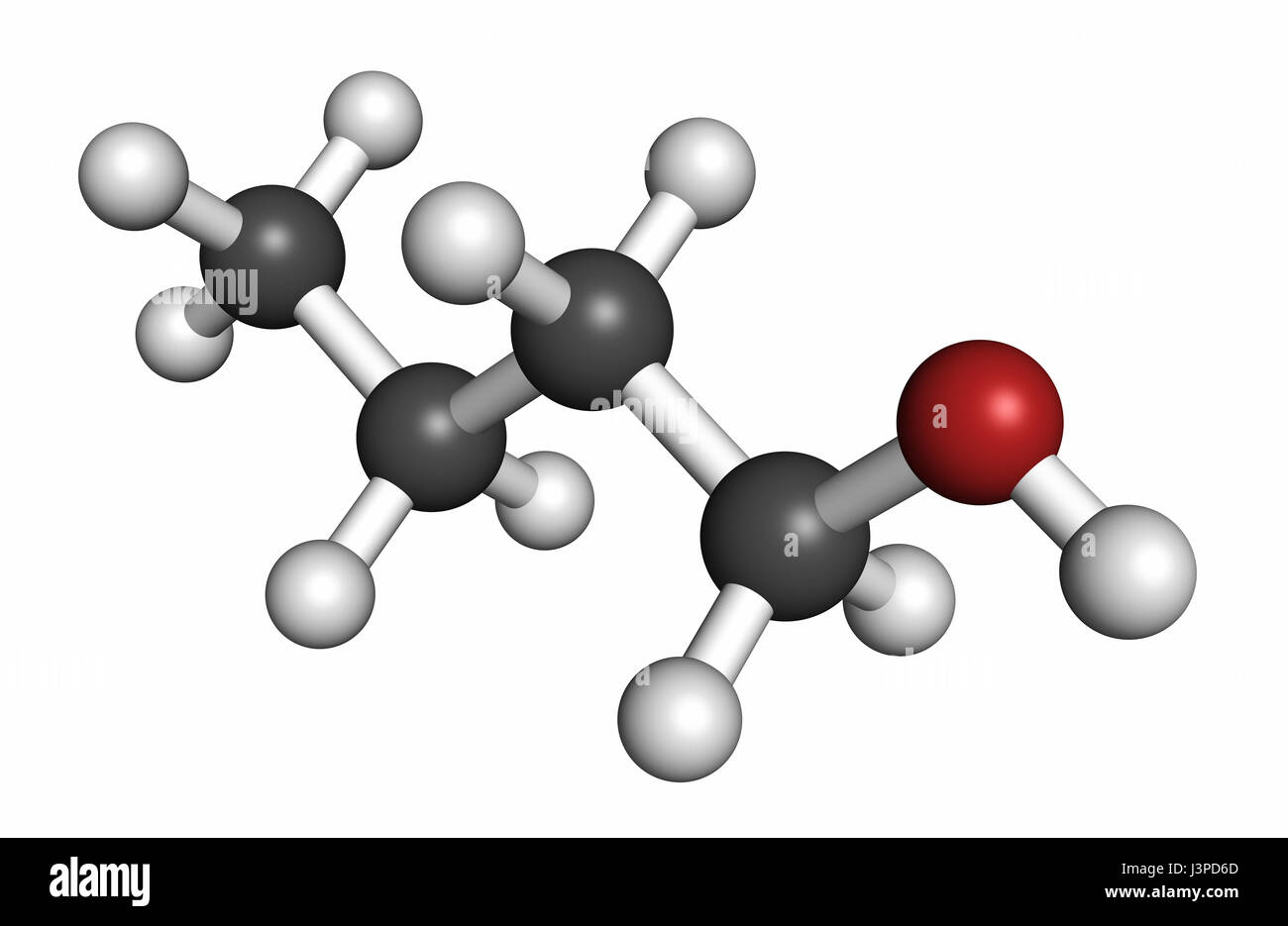Home > Products
Used in organic chemical synthesis, plasticizers, detergents, etc. used in butter, cream, fruit, rum, whiskey, ice cream and ice, candy, baked goods, and cordials. The largest use of 1-butanol is as an industrial intermediate, particularly for the manufacture of butyl acetate (itself an artificial flavorant and industrial solvent).
N-butyl Alcohol occurs naturally as a result of carbohydrate fermentation in a number of alcoholic beverages, including beer, grape brandies, wine, and whisky.
| Other Names:n-Butanol, 1-Butanol |
| Molecular Formul:C4H10O or CH3(CH2)3OH or CH3CH2CH2CH2OH or C4H9OH |
| CAS:71-36-3 |
| UN:1120 |
| Appearance:colorless liquid |
| Densidad:0.81 g/cm³ |
| Boiling Point:117.7 °C |
| Melting Point:−89.8 °C |
| Flash Point:29°C |


as solvent, dewaxing agent, also used in various organic synthesis, and as raw material for synthetic fragrance and medicine.



Leave your message and we will get in touch with you as soon as possible.

NO open flames, NO sparks and NO smoking. Closed system, ventilation, explosion-proof electrical equipment and lighting. Do NOT use compressed air for filling, discharging, or handling. Use non-sparking handtools.

Use alcohol-resistant foam, water, powder, carbon dioxide. In case of fire: keep drums, etc., cool by spraying with water.

Fireproof. Separated from strong oxidants and strong acids. Cool. Well closed. Store in an area without drain or sewer access.

Personal protection: self-contained breathing apparatus. Do NOT wash away into sewer. Collect leaking and spilled liquid in sealable containers as far as possible. Absorb remaining liquid in sand or inert absorbent. Then store and dispose of according to local regulations.